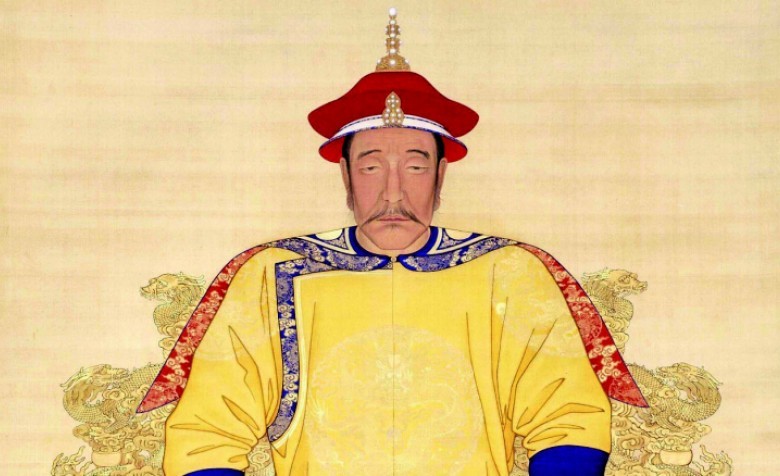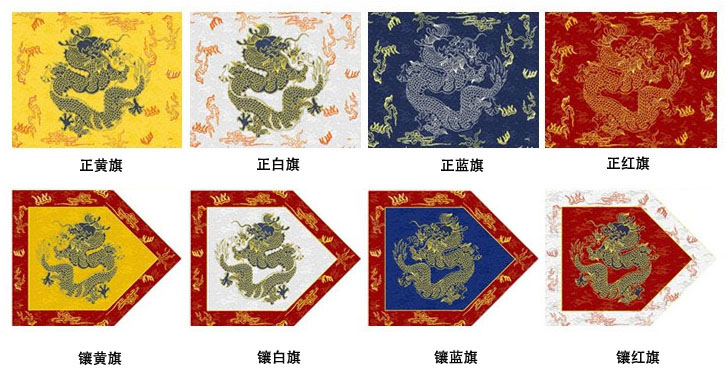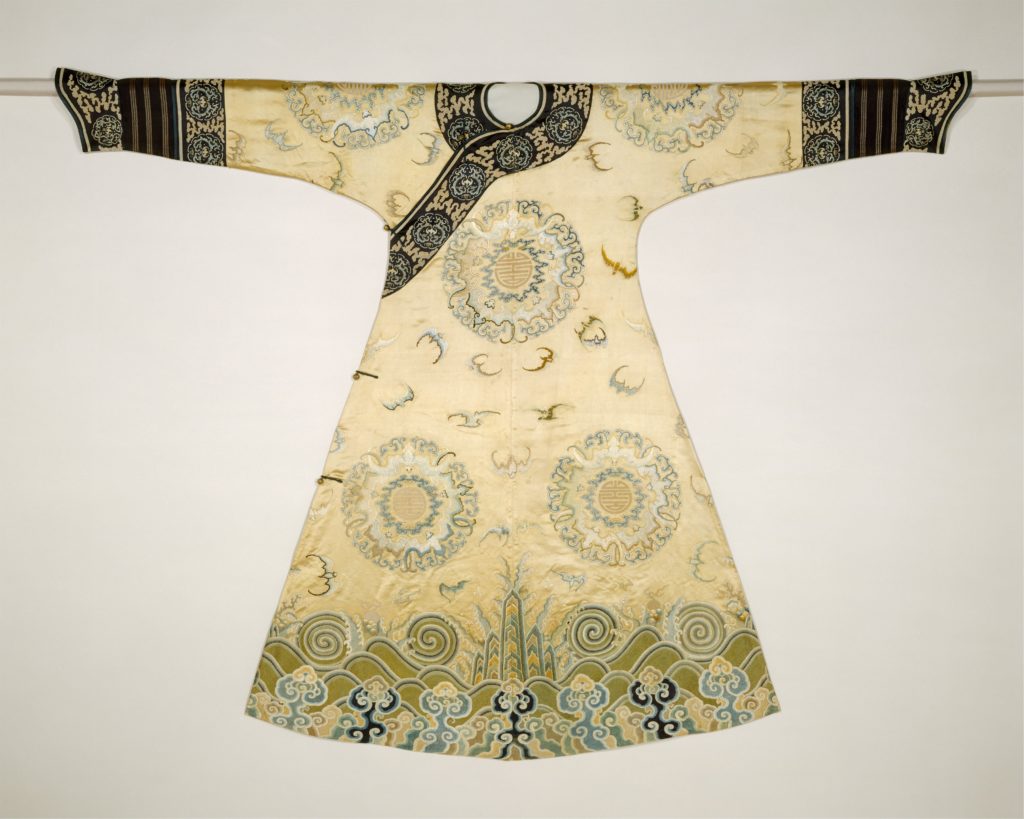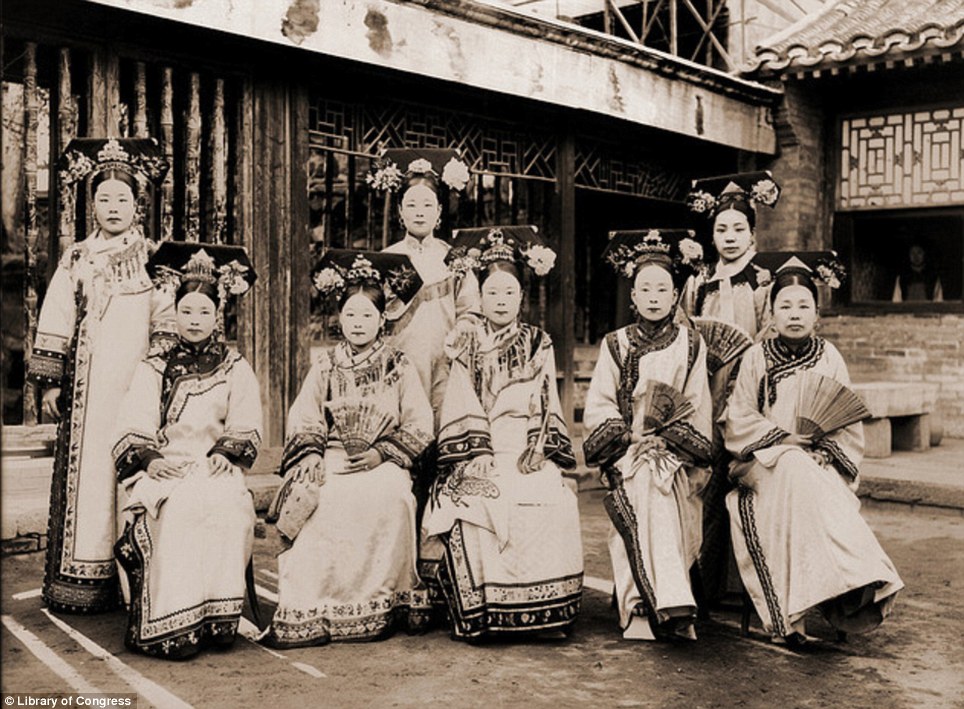
Portrait of Nurhaci, Machurian chieftain credited with the legacy of the 8-banner system; painting from Palace Museum Beijing
I first wrote about the history of the qipao (or Cheongsam in Cantonese) over two years ago in 2014. When I was researching back then I remember very few online resources being available, even the Wikipedia entry back then was pretty short and patchy (let’s face it, if Wikipedia isn’t the golden yardstick, then what is!)
Increasing qipao chatter in the last few years
So when I sat down recently to do another search to update my materials for this post, I was surprised. Most of the pages that turned up were still too reminiscent of cheap gaudy Chinese restaurants, but there is now a far more comprehensive Wikipedia article. And using its bibliography I was able to track down a number of online articles as well as a collection of books. The resources are in a combination of Chinese and English (some even bi-lingual), and most were simply not available two years ago.
So why this sudden increase in information (and I presume, interest) on the topic? While I’m no expert, my personal opinion is that for Chinese people, all the stupendous economic growth over the last 20-30 years and the constant onset of everything new has finally brought them a sense of yearning for the past and traditional; and for non-Chinese or overseas Chinese, China’s economic rise in the world stage has brought more awareness and curiosity.
I originally had the ambition to write a quick and simple summary in one post (which I did in 2014), but as I started reading through the materials, I realized that with all the new resources there is now too much information! Since it would be rather a shame to leave out some of the more interesting details, I decided to split the history of qipao into a few parts, hope you enjoy them all. [Update May 2018: this blog post was recently cited in The Atlantic, in an interesting article which discusses the appropriation of cultures. You can read the article here.]
Nurhaci and the Eight-Banner system
Today, the Manchurians (满族/滿族) are simply known as one of 56 ethnical groups in China, and in appearance they do not look all that different from the dominant Han people(汉族/漢族). But through history they had controlled large parts of current day China’s North East. In the 1600s, following a series of campaigns led by a brave and ambitious chieftain named Nurhaci (努尔哈赤/努爾哈赤)the Manchus established the new Qing dynasty (清朝). The Manchu emperors were to conquer all of China and far beyond, and ruled for almost 300 years until the fall of imperial China(1644-1911).
Although Nurhaci died before the formal establishment of Qing, he left behind a powerful legacy. He had united and expanded the Manchu army under the Eight-Banner (or Eight-Flag, 八旗) system, which eventually came to be the administrative foundations of the entire Qing society. Every soldier, and eventually every family, belonged to a coloured Banner (yellow, white, red, blue, and a bordered variation for each), the equivalent of a modern day regiment.
This is how the Manchus came to be known as the Banner people, and the long robes that they wore, came to be known as the Banner robes, or in Chinese Qi Pao.

The eight banners of Qing society, from left to right: yellow, white, blue and red, with bordered versions of each underneath
Pao to qipao: through the Qing dynasty
For thousands of years, the Chinese had worn pao (袍), or robes, essentially any long outer garment which reaches the knee or below. Major ethnic groups had their own pao, like the Mongol Pao (蒙古袍), the Tibetan Pao (藏袍), etc. Since Han is the largest ethinic group in China and dominated the ruling dynasties, Hanfu or Han clothing/robes (汉服/漢服) was worn by the Imperial palace and the majority of the population before Qing Dynasty.
Han robes tended to be very loose, wide sleeved, and fastened with variations of belts, paired with a long skirt for women(and sometimes trousers underneath the skirt). The style of the robes can be imagined to be similar to the Japanese Kimono.
The qipaos introduced by the Qing Manchus, however, were different. Thought to be influenced by the Mongol Pao, the qipaos consisted of a single long robe with a more fitted cut, narrow sleeves (known as hoof cuffs since they resembled the shape of horse’s hooves, 马蹄袖/馬蹄袖),two or four slits for ease of movement, and were fastened on the right side with buttons. Noticeably, in these early days the robes had small, round collars, and not the high mandarin collars characteristic of today’s qipao.

A woman’s ceremonial qipao from the early Qing period with narrow sleeves and low collar; metmuseum.org
Despite strict enforcement to convert to qipao, Han people continued to wear hanfu throughout the Qing dynasty. But by mid to late Qing, the two styles of clothing had intermixed and influenced each other so much that they became very similar. Qipao’s hoof cuffs widened, the collar became high, great ornamentation was employed through embroidery and piping, and fashionable vests (kanjian, 坎肩) of various styles were added. Large floral headpieces (大拉翅), stilted flower-vase shoes (花盆底) and red-centred Japanese geisha style lips completed the look.
But through almost 300 years of evolvement, the qipao remained long, straight and flat, a simple geometric shape not always flattering for the female body. This was still the case when the Qing was overthrown in 1911-12. The end of Qing Dynasty was also the end of Imperial China, with a new government and the idealism for a new society, the qipao went into relative recluse for the next 15 or so years.
This is part I of a four-part mini series that I have written on the history of qipao, you can find the others here (part II: 1910s and 1920s), here (Part III: 1930s the golden era) and here(Part IV: 1940s and beyond). I also compiled a comprehensive guide to qipao parts which you may be interested in here.

Ladies and concubines of the Qing palace, wearing qipaos characteristic of the latter Qing period with wide sleeves and high collars; photograph by Frank and Frances Carpenter
Go Miranda! Looking forward to part II!
Bravo!